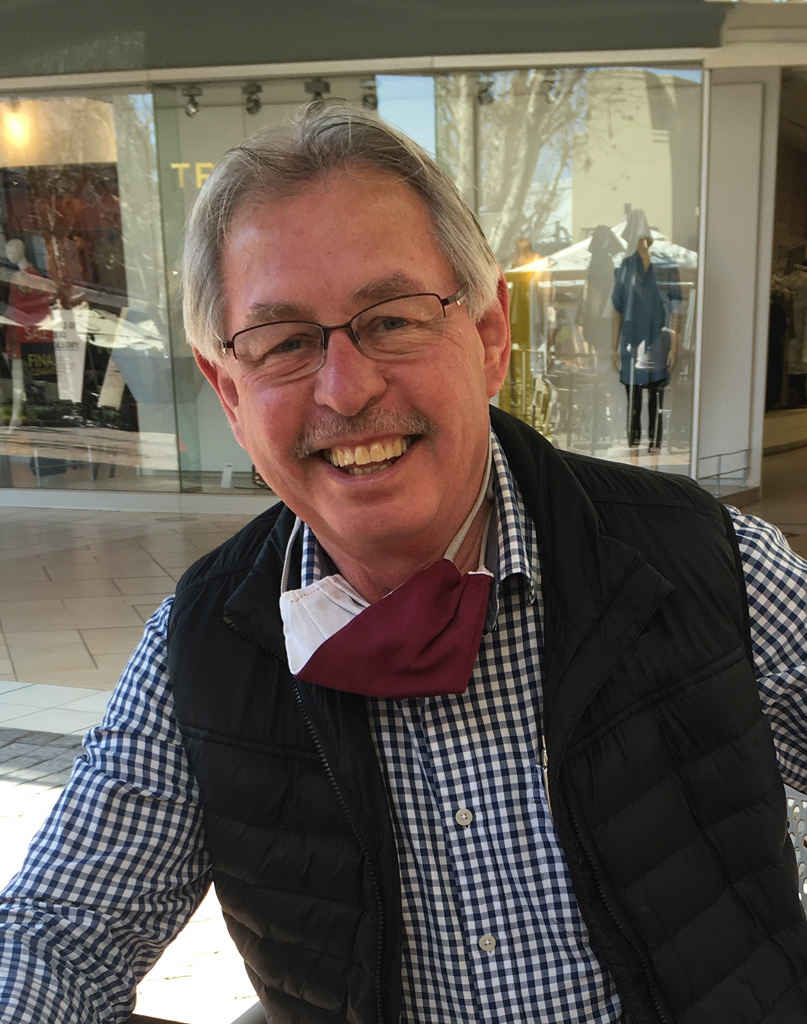Northern Transvaal Branch - Allegaartjie 2022
The Allegaartjie meeting has become an annual institution of the Northern Transvaal branch, during which branch members present a variety of talks - usually something of everything. The Afrikaans word ‘Allegaartjie’ actually means that one accumulates, collects or combines different things to be jointly entertained by the variety.
Navigate to the presentation video, text or slide set. Each presentation is in the language of the topic. For a summary of each presentation, see below.


 Carel Johann de Bruin, 12 November 2022
Carel Johann de Bruin, 12 November 2022 Sam Basch, 12 November 2022
Sam Basch, 12 November 2022 Wilhelm Bernhardt, 12 November 2022
Wilhelm Bernhardt, 12 November 2022